by Bethan Davies
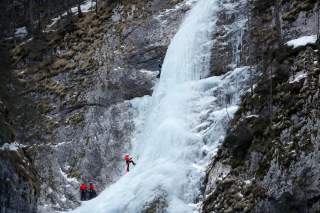 The year 2019 concludes a decade of exceptional heat, and is on track to be the second or third warmest year on record. While the global average temperature teeters on 1.1°C above the pre-industrial record, the world’s glaciers are in stark retreat.
The year 2019 concludes a decade of exceptional heat, and is on track to be the second or third warmest year on record. While the global average temperature teeters on 1.1°C above the pre-industrial record, the world’s glaciers are in stark retreat.
In high mountain areas, the steady trickle of melting snow in spring has nourished people for generations. Today, 1.9 billion people – or 22% of the world’s population – live downstream of snowpacks and glaciers and depend on them as their main source of drinking water. These icy and snowbound mountain regions could be considered water towers, which provide a regular supply of water for drinking, irrigation and power generation, and provide a life-saving buffer during droughts.
But as rainfall patterns shift and temperatures rise due to climate change, these glaciers are thinning and retreating. When snowpacks shrink, so does the amount of water stored in these mountain water towers. I’m part of a team of 32 international scientists that have looked at 78 of these water towers worldwide and tried to find out how much water they store and supply, and how many people depend on them for their survival.
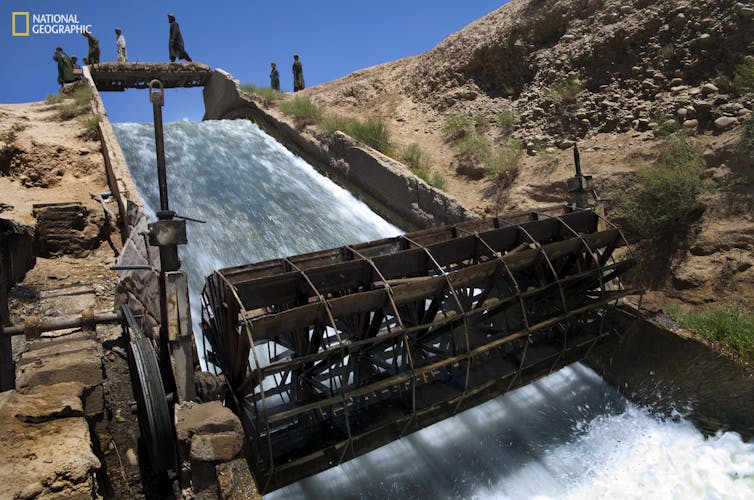 Meltwater from glaciers and mountain regions is used to generate energy in some places. David Guttenfelder/AP/National Geographic, Author provided
Meltwater from glaciers and mountain regions is used to generate energy in some places. David Guttenfelder/AP/National Geographic, Author provided
Ranking the world’s water towers
The Indus basin is the most important water storage unit in Asia. Fed by rain and snow high up in the Himalayan, Karakoram, Hindu-Kush, and Ladakh mountain ranges, the water that drains from lakes and glaciers here supports 206 million people across parts of Afghanistan, China, India and Pakistan. Much of it is used for irrigating crops and in industry, as well as drinking water.
But the Indus is also the most vulnerable water tower on Earth. The number of people directly dependent on the water it supplies is set to substantially increase over the next 30 years. At the same time, regional temperatures are projected to rise by 1.9°C. The glacial melt this causes could mean millions of people without enough water during dry seasons and especially during drought years. Eventually, entire communities may be forced to seek refuge elsewhere.
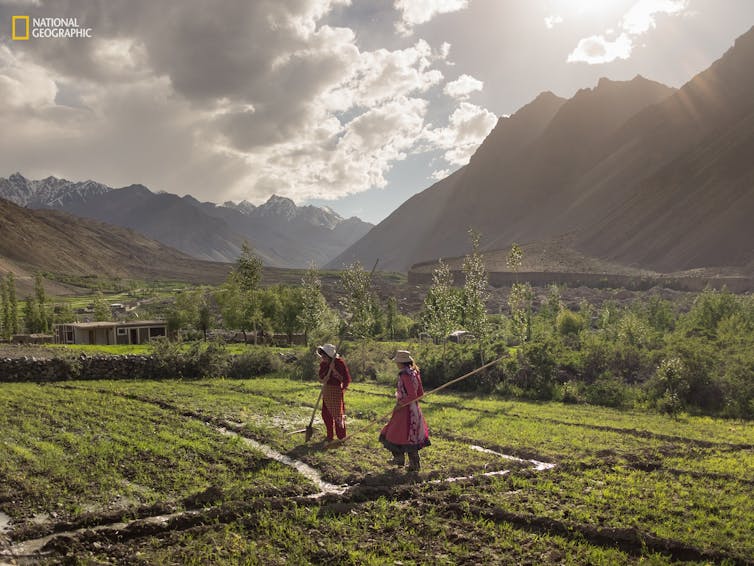 Potato crops in the Chipursan valley, Pakistan, are irrigated by the Indus water tower. Matthew Paley/National Geographic, Author provided
Potato crops in the Chipursan valley, Pakistan, are irrigated by the Indus water tower. Matthew Paley/National Geographic, Author provided
In Europe, the Alps is the most important water tower for the number of people dependent on its supply, followed by the Rhone, Rhine and Po basins. In North America, the Fraser and Columbia basins are the most critical water towers. The river Fraser has a high natural water demand in the downstream forest ecosystem, while the Columbia basin is rich in snow and ice and has high demand for irrigation from local farms. In South America, the South Chile, South Argentina, Negro, La Puna and North Chile water towers are the most critical suppliers of water to the thirsty South Atlantic and South Pacific coasts.
Janet Reno is confirmed by the United States Senate and sworn in the next day, becoming the first female Attorney General of the United States.
In New York City, Samuel Roxy Rothafel opens the Roxy Theatre.
As in the Indus, water storage and supply in these regions is under threat. Severe and unmitigated climate change could see mountain glacier ice and snow that existed in 2015 reduced by up to 80% by 2100. But if global heating can be limited to 1.5°C, the world could retain 75% of its mountain glacier area and avoid the most significant impacts.
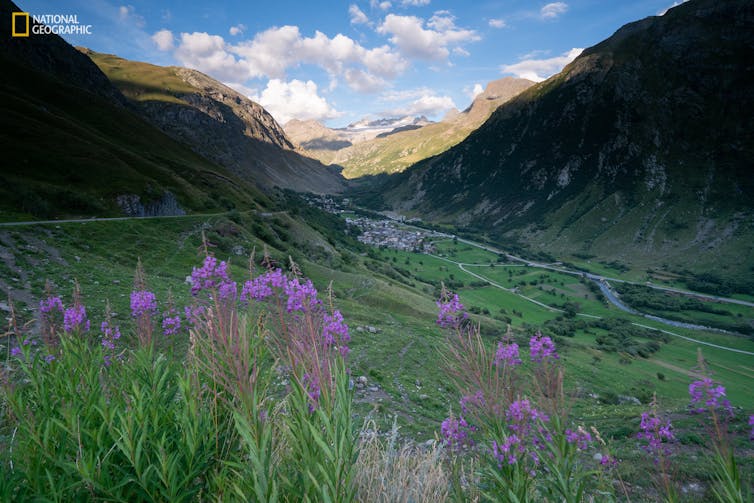 Shifting rain and snow patterns are already affecting storage in the world’s water towers. Keith Ladzinski/National Geographic, Author provided
Shifting rain and snow patterns are already affecting storage in the world’s water towers. Keith Ladzinski/National Geographic, Author provided
On the brink of catastrophe
Limiting global heating to 1.5°C could also be pivotal for the polar ice sheets. Another recent study showed that the Antarctic Peninsula, which extends north from the Antarctic continent towards South America, is currently undergoing rapid changes driven by global heating. Here, glaciers are retreating and ice shelves are thinning and collapsing. Parts of some glaciers have beds that are 1,000 metres below sea level. These are eroding as changes in ocean circulation bring warm ocean currents.
The small Antarctic Peninsula currently accounts for 25% of all ice losses from Antarctica, and its relatively small, fast-flowing glaciers are sensitive to change. As such, the peninsula is an early warning system that would precede catastrophic ice loss from the larger West Antarctic Ice Sheet. Melting from the Antarctic Peninsula alone has the potential to raise global sea levels by 64 to 74mm, and currently adds 0.09mm per year to global sea level rise.
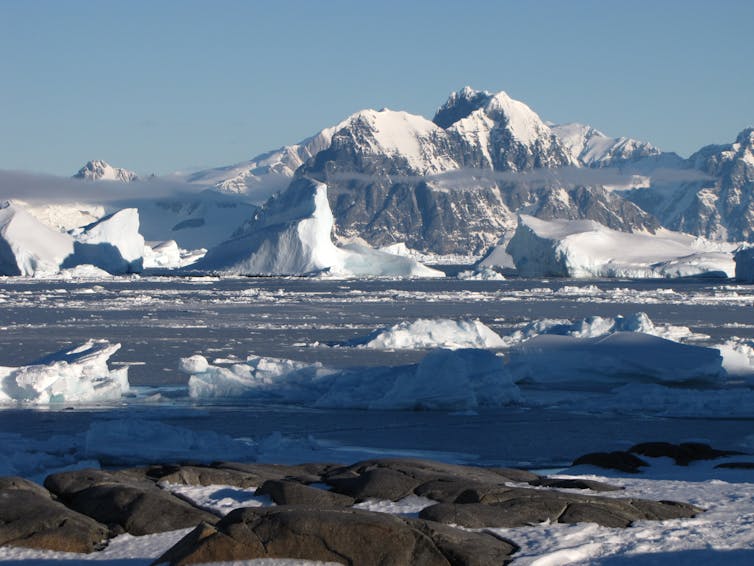 Severe ice loss from West Antarctica could cause catastrophic sea level rise. Bethan Davies, Author provided
Severe ice loss from West Antarctica could cause catastrophic sea level rise. Bethan Davies, Author provided
But if global heating stops at the critical threshold of 1.5°C, most polar ice will be saved. Those receding glaciers that end in the sea will slow their retreat as they reach land and find a new equilibrium. Ice shelves will likely not collapse, and will continue to stabilise the glaciers that feed them. By limiting warming to under 1.5°C, the world will probably avoid catastrophic ice loss from West Antarctica.
Our research showed how gravely global heating threatens the water supply of one third of the world’s population. But we also found cause for hope. Strong action now to maintain global temperatures below 1.5℃ will mean that the majority of the world’s mountain glaciers remain, preventing droughts that could affect millions of people. The polar ice sheets will keep most of their mass, meaning that substantial flooding of lowland areas can be avoided. The next decade will determine whether the world is serious about ensuring that.
No comments:
Post a Comment